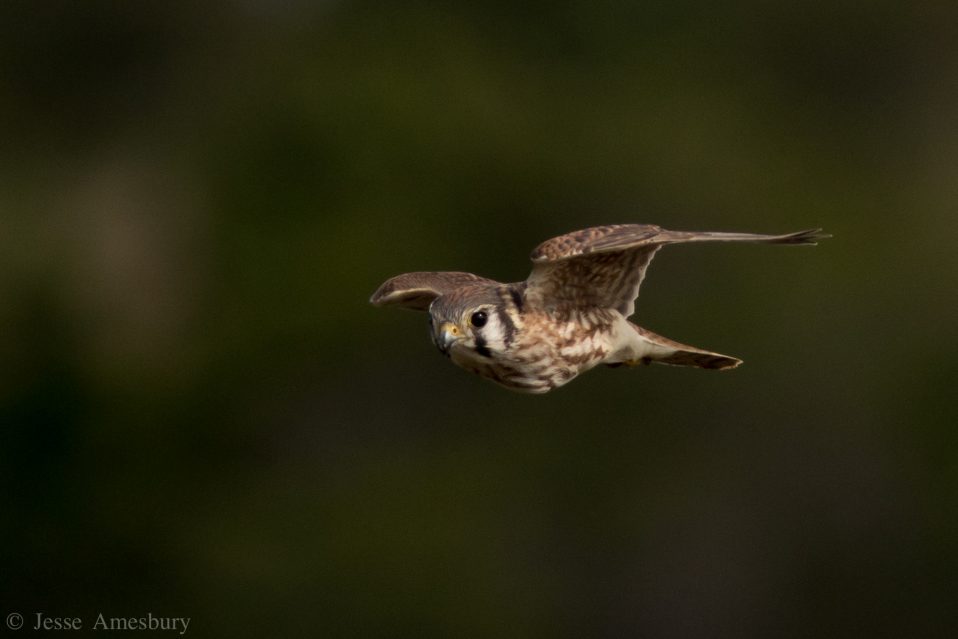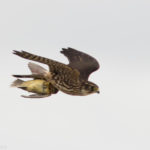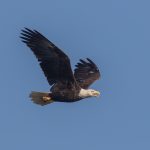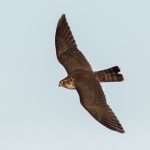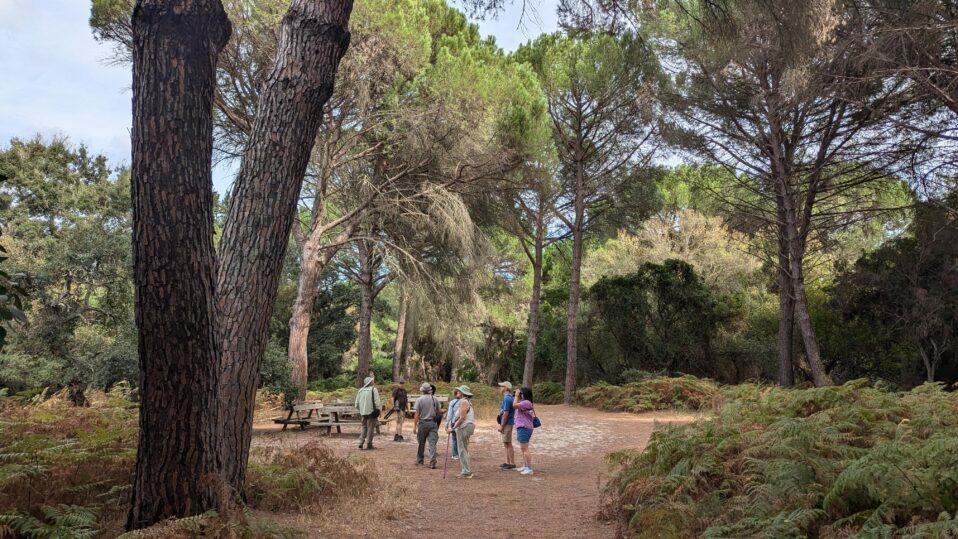An explosion of migration occurred throughout week 3 of the Cape May Hawkwatch sponsored by Swarovski Optik. Conditions were conducive to migration nearly every day this week with the culmination on September 23rd when a massive flight occurred. Triple digit raptors were tallied every single day. This was due to the northerly component to the wind each of those days. However, on September 23rd the winds were out of the NW, which are the optimal conditions for migration to be witnessed in Cape May. Northwest winds are ideal because not only does the northerly component give the raptors a tail wind, but the westerly component pushes the raptors towards the coast. And since raptors are not good swimmers, they avoid the ocean at all costs. They must hug the coast as they continue their southward journey. The Cape May peninsula then acts as a funnel as the raptors are surrounded by water on 3 sides and have nowhere else to go other than down to Cape May Point where the hawkwatch is located.
So, on September 23rd, those NW winds produced a grant total of 1,756 raptors. Whether you looked along the dunes, above the tree line behind Bunker Pond, or directly overhead, there were always migrating raptors in view. Of those 1,756 raptors, 1,008 were Sharp-shinned Hawks, which represented the first 1,000+ Sharp-shinned Hawk day during the month of September in the last 3 years.
As me move into the latter half of September, we are starting to see a shift in the abundance of raptors. Ospreys which were by far the most numerous migrant in the first half of the month are now being replaced by Sharp-shinned Hawks as the most numerous migrant. In addition to the Sharpies, it’s larger cousin, the Cooper’s Hawk will also see a spike in numbers as the fall continues.
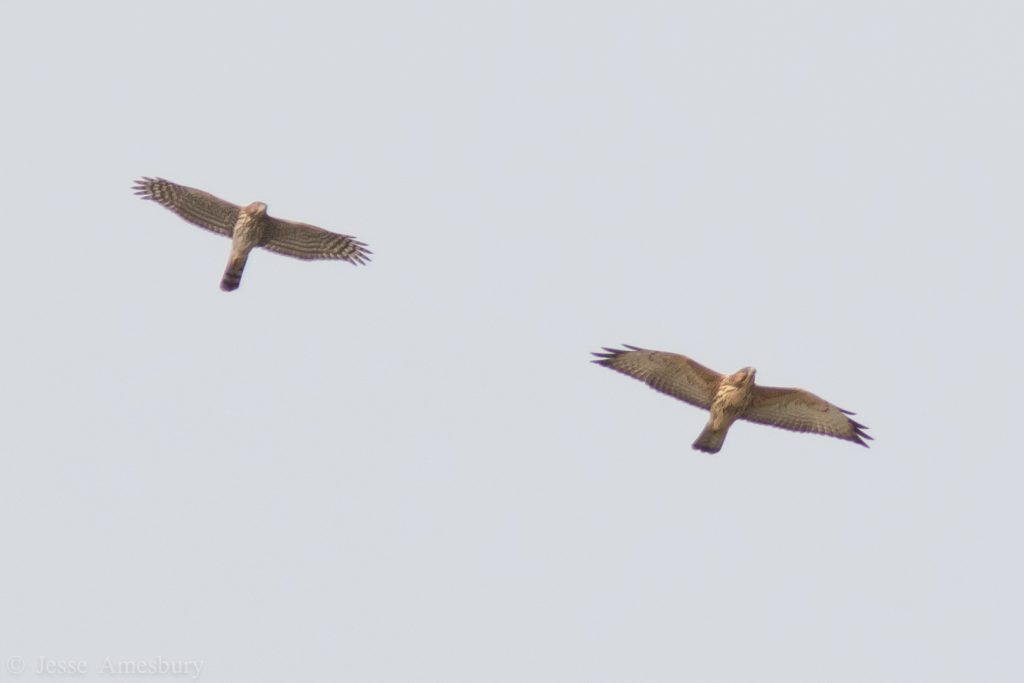
As I mentioned earlier, Cooper’s Hawk numbers are on the rise. They are notoriously hard to separate from Sharp-shinned hawks, but also can often be mistaken for a buteo, especially Broad-winged Hawks. Here is a rare sight of both species flying side-by-side (Cooper’s hawk on the left & Broad-winged Hawk on the right). What differences can you see?
Some other avian highlights this week included a flock of 16 Hudsonian Godwits, another Yellow-headed Blackbird, and a very early Pine Siskin.
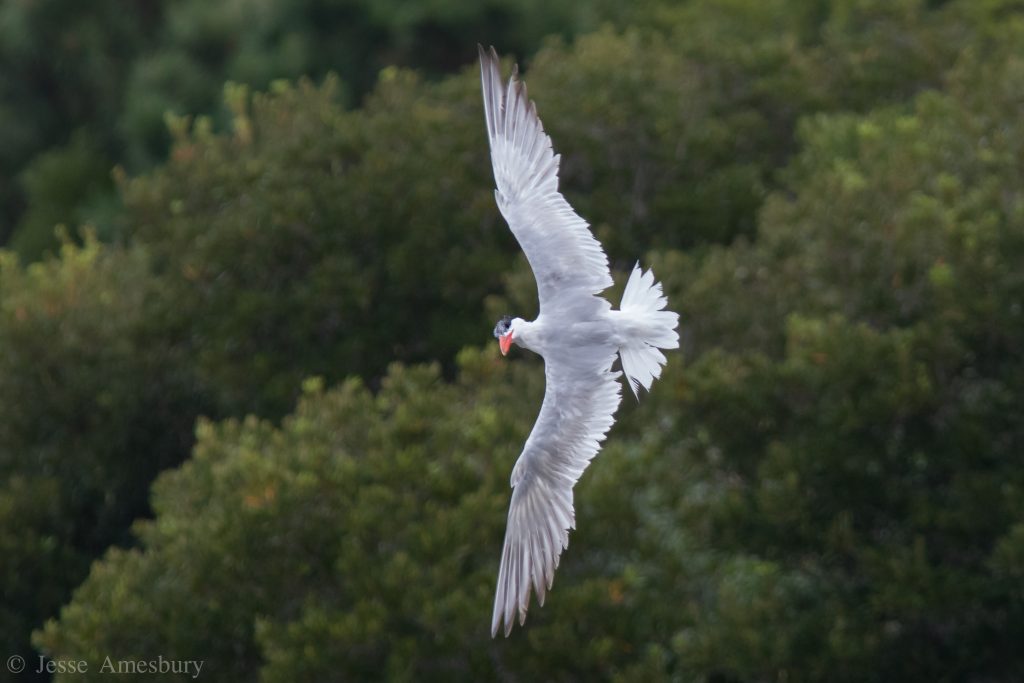
While not a rarity, Caspian Terns are still a fabulous bird to see, and luckily for us, they love to hunt over Bunker Pond. This individual must have spotted a tasty morsel and had to quickly put on the brakes and u-turn to dive down on its prey.
By Jesse Amesbury
All photos © Jesse Amesbury
All photos taken from hawkwatch platform




